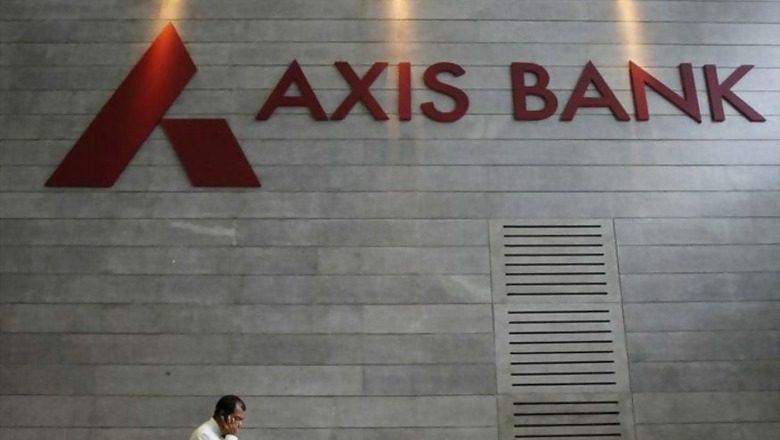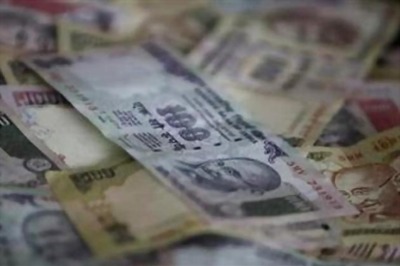
views
S&P Global Ratings on Friday lowered its ratings on Axis Bank due to increased economic risks for banks operating in India.
S&P also put Indian Bank ratings on 'Credit Watch' because it expects a high risk that the public sector bank's credit profile could weaken over the coming quarters due to COVID-19 as well as the merger with the weaker Allahabad Bank.
"We lowered our ratings on Axis to reflect our expectation that heightened economic risks facing India's banking system will affect the bank's asset quality and financial performance. While Axis' asset quality is superior to the Indian banking sector average, its level of non-performing assets (NPAs) will likely remain high compared to international peers'," S&P said.
It expects the bank to maintain its strong market position and adequate capitalisation. The stable outlook reflects our view that our ratings on Axis already factor in some deterioration in the bank's asset quality and performance over the next 12 months.
The agency said economic conditions have turned adverse for Indian banks due to COVID-19 and drastic efforts to curtail the spread of the virus have resulted in a sharp economic contraction.
"The government's stimulus package, with a headline amount of 10 per cent of GDP, has about 1.2 per cent of direct stimulus measures, which is low relative to countries with similar economic impacts from the pandemic. The remaining 8.8 per cent of the package includes liquidity support measures and credit guarantees that will not directly support growth," S&P added.
It has forecast a 5 per cent contraction in the economy in fiscal 2021.
S&P expects tough operating conditions to lead to a rise in non-performing loans (NPLs), credit costs, and delays in recoveries for the banking system.
"In our base case, we expect the weak assets of Indian banks to shoot up to 13 -14 per cent of gross loans by March 31, 2021. Our forecast is higher than the peak of 11.6 per cent witnessed in fiscal 2018, and about 8.5 per cent estimated as on March 31, 2020," S&P said.
The agency said it anticipates the resolution of weak assets to be delayed until at least fiscal 2022. Consequently, banks will likely be saddled with a large stock of weak loans in fiscal 2022 too.
"Steps taken by the government and the central bank should provide some respite by delaying recognition of some of the weaker loans, in our view," S&P noted.




















Comments
0 comment